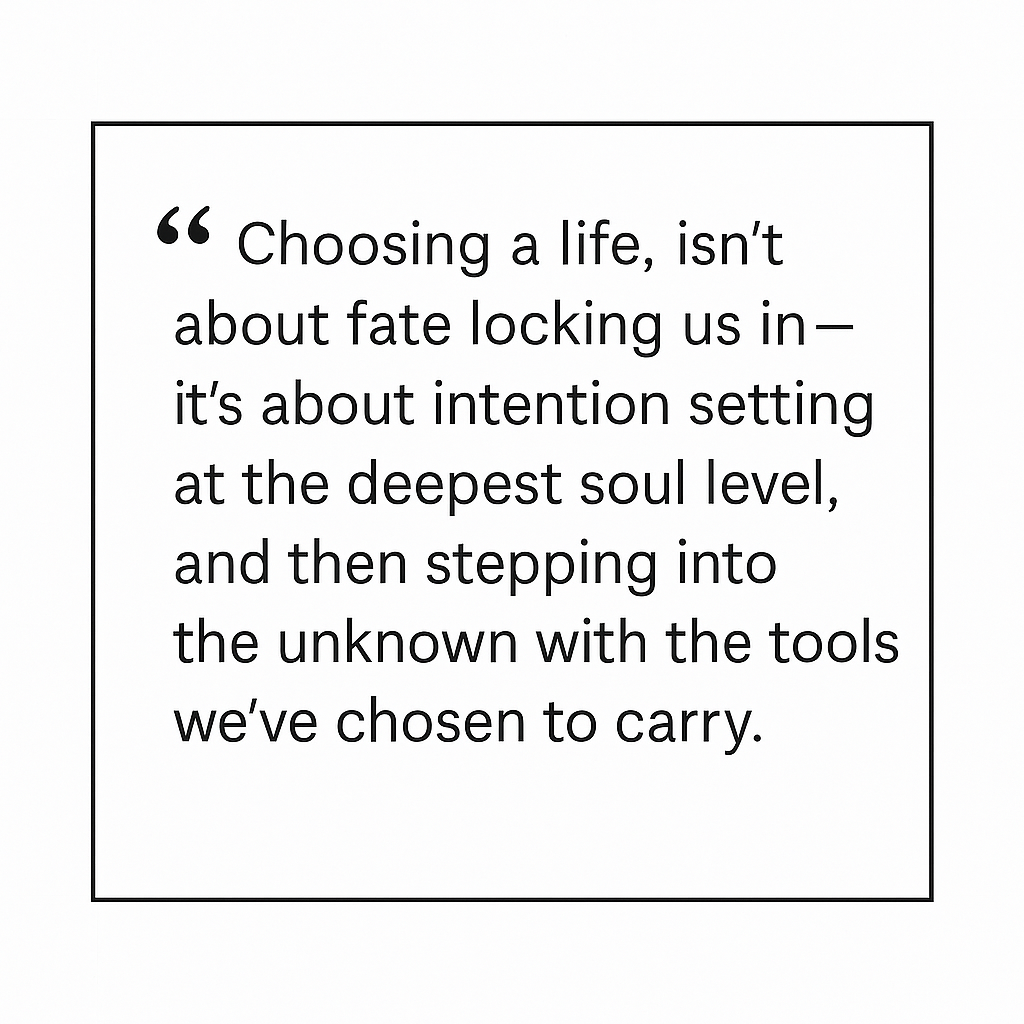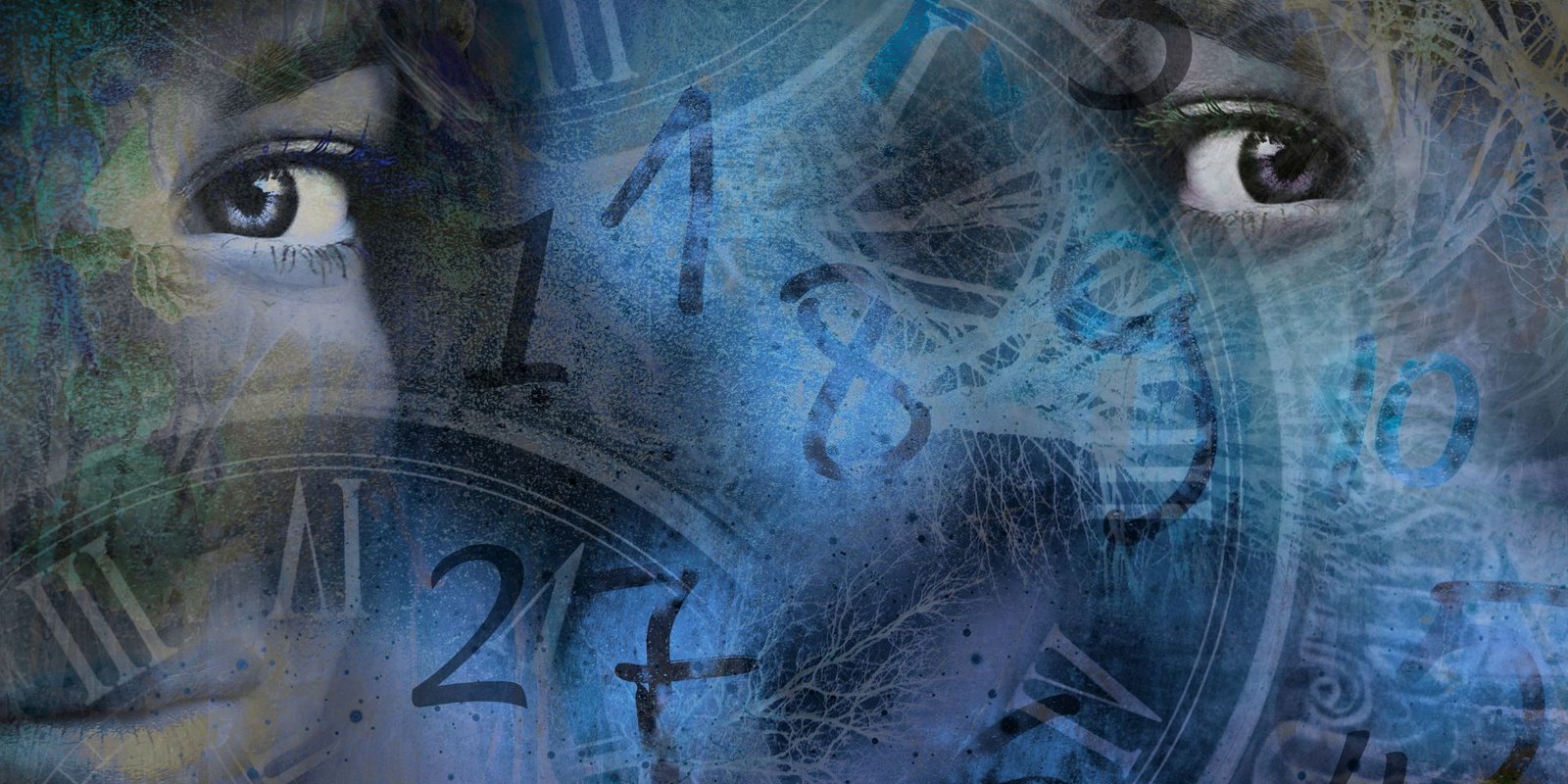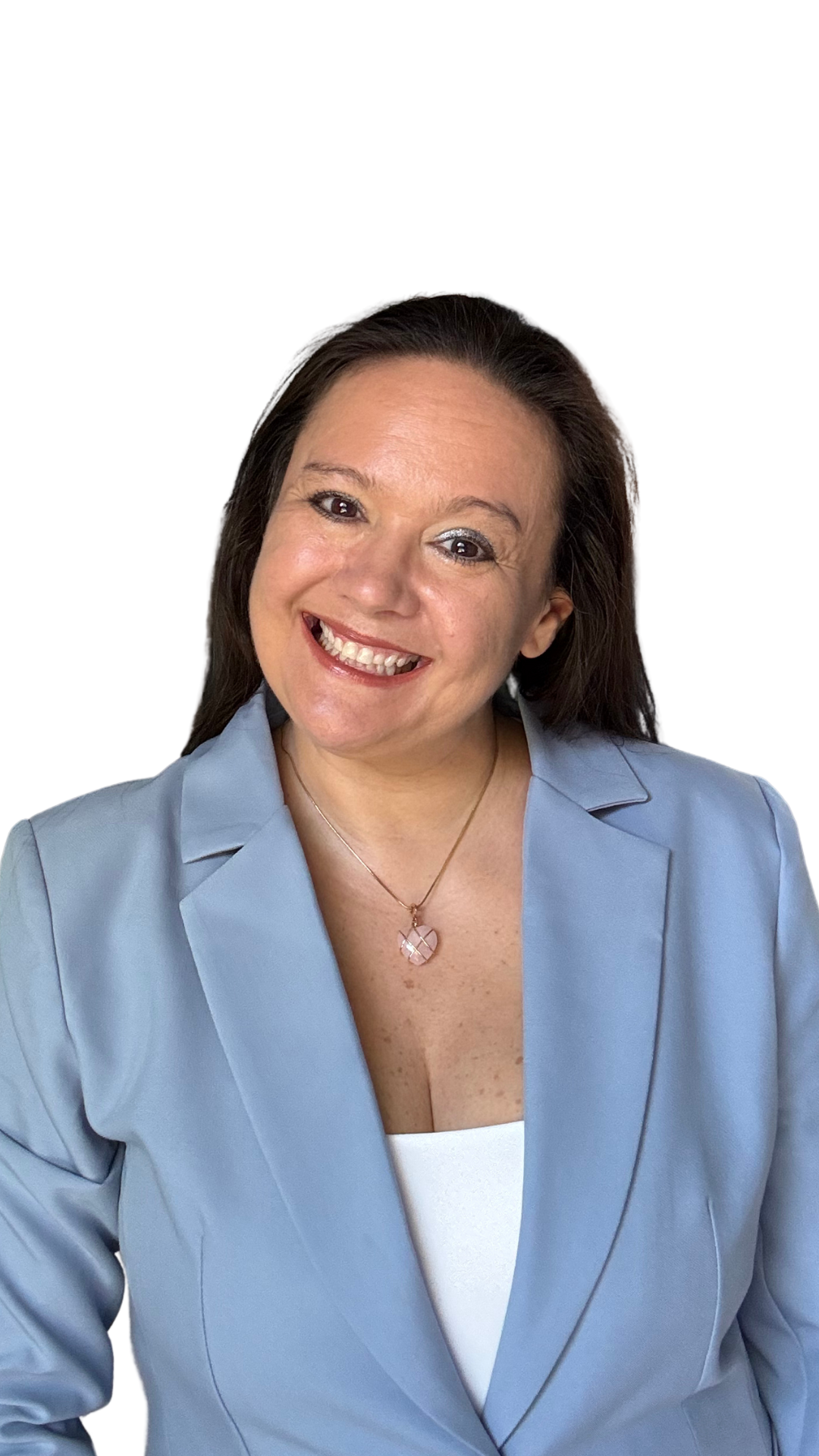As a past life regressionist and spiritual coach, I’ve guided many people into the quiet, in-between spaces where the soul remembers its journey. What I’ve learned, and what research also confirms, is that reincarnation is not a random shuffle of lives—it’s a purposeful, soul-led process of learning, healing, and expansion.
The word reincarnation comes from Latin, meaning “to take on the flesh again.” While the idea is often associated with Eastern traditions like Hinduism and Buddhism, echoes of it appear across cultures, from the ancient Greeks to Jewish mysticism. As a recent review in the Journal of Indian Society of Periodontology points out, beliefs about reincarnation differ widely: some see it as an essential truth of spiritual growth, others reject it entirely, and still others approach it as a mystery science has yet to fully explain. Yet, a common thread emerges—the sense that our consciousness, our “I” awareness, remains constant even as the body changes.
In my own sessions, I’ve seen clients describe in vivid detail the transitions between lives—experiences that closely parallel what researchers like Dr. Ian Stevenson documented in over 2,500 carefully verified cases of children recalling past lives. These accounts suggest that reincarnation is more than myth; it’s a phenomenon with patterns, purposes, and a process.
So, how do we reincarnate?
In this article, we’ll explore what happens between lives, how a soul chooses its next chapter, and why the veil of forgetting exists. We’ll look at both spiritual teachings and the growing body of research, and I’ll share my own perspective from years of guiding people into these timeless memories.
What Happens Between Lives
From my work guiding clients into the between-lives space, I’ve seen that the moment after death is rarely described as an abrupt end. Instead, it’s often a gentle transition into a lighter, expanded state of being. Many recall a sense of detachment from the body, followed by the presence of loving guides or familiar souls.
Research echoes these descriptions. A review in the Journal of Indian Society of Periodontology notes that in Hindu and Buddhist traditions, this phase is called the life between lives — a period where the soul reflects on the life just lived, releases the physical experience, and prepares for what’s next. In Buddhist thought, this process is linked to punarbhava (“becoming again”), a stream of consciousness that moves forward rather than an eternal, unchanging soul.
From a therapeutic perspective, Dr. Ian Stevenson’s decades of research at the University of Virginia revealed consistent accounts from children who recalled verifiable details of past lives, many of which included brief but vivid descriptions of events immediately after death. These often mirrored what my clients describe — being met by guides, reviewing key moments, and understanding the lessons carried forward.
Spiritually, this in-between state is where much of the why becomes clear. Souls often reflect on relationships, choices, and growth opportunities from their last life. Some clients have described sitting with their guides in a “council” — a space that feels both deeply loving and deeply honest — to review whether they’ve completed certain lessons or if more experiences are needed.
This isn’t a place of judgment or punishment. As both regression work and cross-cultural religious accounts suggest, it’s more like a compassionate debrief. The Bhagavad Gita speaks of the soul moving through bodies as naturally as we change clothes, reminding us that the essence of who we are remains untouched by the shifting forms we inhabit (Bhagavad Gita, Chapter 2, Verses 13 & 22).
From here, the soul begins to prepare for its next incarnation — which leads us into the question of how, and why, that choice is made.
Tarot Break ~ Click the Card for a Tarot Reading
Before clicking the card, ask Spirit what message do you need right now. You can then Start Chat to ask a question about the reading. An AI-Chatbot will respond based on the card.

Choosing the Next Life
One of the most common questions clients ask me in regression sessions is, “Do we choose where we come back?” From what I’ve seen in countless sessions, the answer is yes — but not always in the way we expect.
In the between-lives space, many souls describe participating in what feels like a collaborative process. They meet with guides, sometimes in what’s described as a council or planning room, to review lessons still in progress and opportunities for growth. Certain experiences seem to be carefully selected to help the soul evolve — relationships that will challenge us, environments that will shape us, and sometimes even physical limitations that will teach resilience or compassion.
This aligns closely with what’s found in Hindu and Jain teachings. According to Hindu philosophy, the law of karma guides the soul’s next incarnation, drawing it toward circumstances that match the moral quality of previous actions. Jainism adds that no divine being makes these decisions for us — each soul’s path is self-determined, shaped entirely by the karmic energy it has generated.
Modern spiritual perspectives call this pre-birth planning or soul contracts. As explained in Reality Pathing, some schools believe that before birth, we choose certain “anchor points” — key relationships, events, or challenges — but retain free will to respond to them in countless ways.
Anchor points often show up in regression as vivid flashes: an image of a parent’s face before birth, a feeling of stepping into a specific time and place, or even a knowing about the body being entered.
There’s also the question of why we forget all of this. Across spiritual traditions, the veil of forgetfulness exists so that each life feels fresh and authentic. Without it, our past life memories might overshadow the experiences meant to unfold now. The PMC review notes that this forgetting isn’t a flaw — it’s essential to learning freely without the weight of remembered mistakes or victories. In regression work, I’ve seen that when Spirit allows us to remember, it’s always because the memory will support healing in our current lifetime.

The Mechanics of Reincarnation
From a soul’s perspective, entering a new life is less like snapping into a body at birth and more like a gradual merging of consciousness and matter. In past life regression hypnosis sessions, clients often describe “hovering” near their future family before fully entering — sometimes months before birth, sometimes just moments before the first breath.
The Journal of Indian Society of Periodontology notes that in Hindu belief, the soul (atman) attaches during gestation, guided by the energetic pull of karma (source). In Buddhist thought, this is not a soul as an eternal self but a stream of consciousness (viññana-sotam) that links one life to the next, entering the new body as part of the process called punarbhava (“becoming again”).
From my experience, the “entry” process can involve three distinct stages:
- Energetic Alignment – The soul familiarizes itself with the physical and emotional environment it’s entering. Clients sometimes describe visiting their future parents in dreams or observing significant events in the family’s life.
- Integration in the Womb – The soul’s energy merges with the developing body. Some recall sensing the mother’s emotions, hearing voices, or feeling physical sensations from inside.
- Birth Activation – The moment of first breath is like a final “anchoring” of the soul into the body, fully activating the life path chosen.
Interestingly, research from the University of Virginia’s Division of Perceptual Studies documents children who remember being “inside” their mother before birth and can describe specific details from that time. These accounts often match what comes forward in regression, even from adults.
A veil of forgetfulness is usually drawn over past-life memories during this process. As Reality Pathing explains, without this veil, we might spend our entire lives tangled in old emotional attachments rather than fully living in the present. Still, glimpses can slip through — déjà vu, early-childhood memories, or the unexplainable recognition of a person or place.
This merging of timeless consciousness with a temporary body is what allows the soul to step back into Earth’s classroom. But understanding why we return — the purpose behind all this movement — brings us to the heart of reincarnation itself.
Why We Reincarnate
From everything I’ve seen in my regression work, the purpose of reincarnation is not punishment, nor is it an endless cycle without meaning. It’s a deeply intentional process of growth — a journey where each life offers opportunities to expand, heal, and embody more of our true nature.
The Journal of Indian Society of Periodontology review points out that across most spiritual traditions, reincarnation serves the same core purpose: purification of the soul and the gaining of wisdom. In Hinduism, this means moving toward liberation (moksha) by dissolving the desires that bind us to the material world. In Jainism, it’s about freeing the soul from karmic residue through right living. In Buddhism, it’s the ending of ignorance (avidya) so we no longer perpetuate the causes of suffering.
Modern interpretations, like those shared on Reality Pathing, frame reincarnation as a spiritual training ground — one where we choose experiences that challenge us in just the right way for the lessons we need most. That could mean returning to heal a relationship, to learn self-worth, to experience unconditional love, or to balance an energy we once misused.
In my own practice, I’ve noticed that Spirit only reveals past-life memories when they can serve the highest good in the present. This means that even if a lifetime was deeply significant, we might not see it unless understanding it will help us heal, grow, or make empowered choices now. It’s never about collecting stories for curiosity’s sake — it’s about transformation.
Sometimes, reincarnation is about balancing what’s often called “karma.” But karma isn’t a cosmic punishment system — it’s simply the energetic echo of our choices. When we reincarnate, we have the chance to create new patterns, respond differently, and, in doing so, shift the trajectory of our soul’s evolution.
Ultimately, the purpose of reincarnation is to remember. Not necessarily to recall every detail of every lifetime, but to remember that we are more than this single body, this single story. Each life is another page in the same book — and the more consciously we live each one, the more beautiful the story becomes.
The Choice to Remember
Reincarnation is both a mystery and a map. We may never hold every answer in our hands, but the threads we can trace — through memories, patterns, and the wisdom of spiritual traditions — remind us that our story is far greater than one lifetime.
In my years as a past life regressionist, I’ve seen how even one glimpse into the soul’s journey can change everything. When you understand how you reincarnate, you begin to see your current life not as an isolated chapter, but as part of a much larger, more beautiful narrative. You realize that challenges have context, that love stretches across lifetimes, and that the growth you achieve here will ripple forward into lives yet to come.
Whether through the lens of ancient texts, modern research, or the deeply personal revelations of regression work, the message is the same: your soul’s journey is purposeful. You chose to be here, now, in this body, with these opportunities to learn, heal, and evolve.
The choice to remember is yours. If you feel called to explore the lifetimes that have shaped you, to release what no longer serves, and to step more fully into the life you came here to live, past life regression offers a safe, guided way to do just that. The next chapter of your soul’s story is waiting — and it begins with a single, conscious step.



